Smart irrigation:
Advances through IoT sensors
The current situation:
Conventional irrigation systems
In conventional irrigation systems, water distribution is often uncontrolled, which leads to unnecessary water consumption and drying out of plants. In addition, there are losses due to defective pipes and evaporation. Together, this means high operating costs and wasteful use of resources.
Traditional irrigation methods can be costly because water, for example, and fuel and personnel during irrigation trips are used to a greater extent than necessary and the replacement costs for dried-out plants are high. In addition, when there is heavy rainfall (not least heavy rain), excess water is simply drained away instead of securing it and storing it for drier periods.
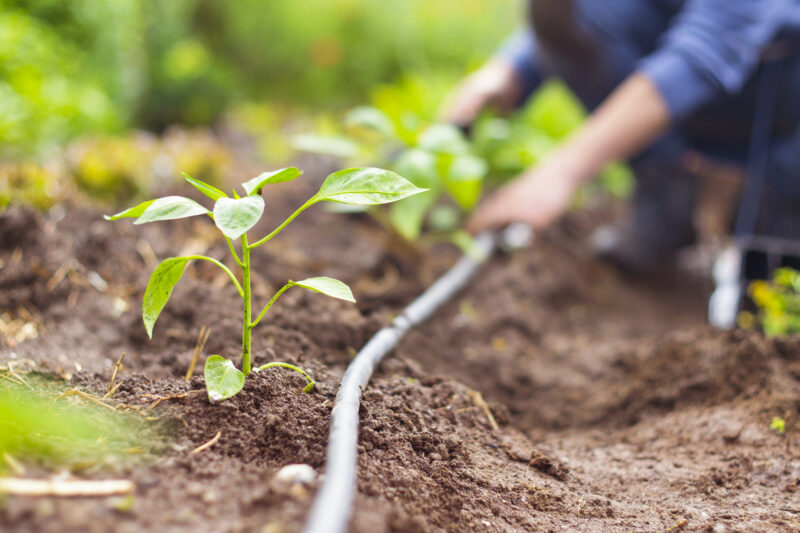
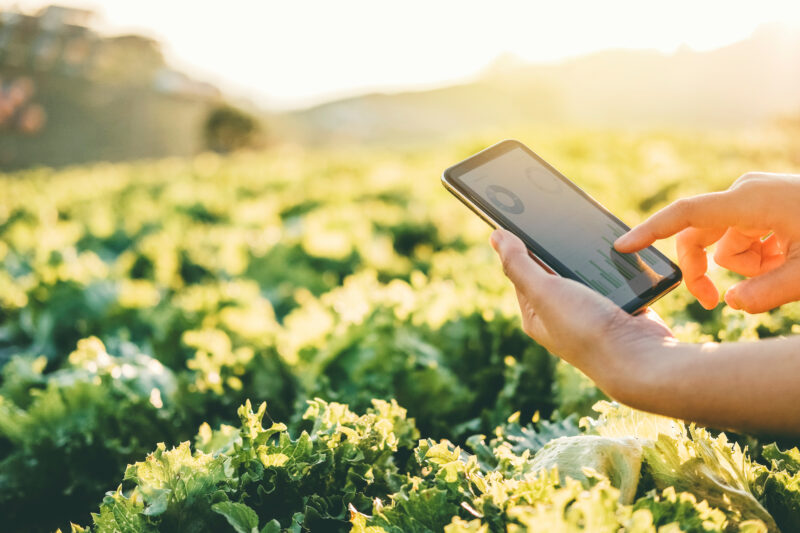
The solution: Holistic data for better decisions and more efficient processes
We rely on a smart irrigation management system that combines state-of-the-art technologies and data-based solutions to ensure efficient and sustainable water use. IoT sensors continuously measure relevant data and provide a comprehensive picture of water demand and availability, but also of possible water losses due to leaky pipes.
This data is merged, harmonized, analyzed and visualized as a basis for more informed decisions, more effective, automated deployment and route planning for irrigation trips and a better water supply for healthy trees and plants.
By integrating historical and current weather data and forecasts as well as reports from citizens, the use of water at the points of need is optimized and oversupply is avoided. Natural and artificial reservoirs such as lakes and ponds, cisterns and tree trenches enable the targeted storage and use of the valuable resource water, which also help to collect excess water during heavy rain events and make it usable in the spirit of a circular economy and the principle of a sponge city.
The solution: Holistic data for better decisions and more efficient processes
We rely on a smart irrigation management system that combines state-of-the-art technologies and data-based solutions to ensure efficient and sustainable water use. IoT sensors continuously measure relevant data and provide a comprehensive picture of water demand and availability, but also of possible water losses due to leaky pipes.
This data is merged, harmonized, analyzed and visualized as a basis for more informed decisions, more effective, automated deployment and route planning for irrigation trips and a better water supply for healthy trees and plants.
By integrating historical and current weather data and forecasts as well as reports from citizens, the use of water at the points of need is optimized and oversupply is avoided. Natural and artificial reservoirs such as lakes and ponds, cisterns and tree trenches enable the targeted storage and use of the valuable resource water, which also help to collect excess water during heavy rain events and make it usable in the spirit of a circular economy and the principle of a sponge city.

We offer the complete project planning of the application
From advice to implementation
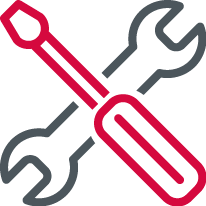 Installation & maintenance
Installation & maintenance
- Selection of suitable sensorsk
- Installation and maintenance of sensors and gateways
- Integration of the sensors into the network
- Service & Support
 Visualization
Visualization
- Display of the overview in a dashboard
- Overview of all irrigation points
- Automated Planning & Control of irrigation systems and trips
- Information about dry trees and plants for volunteer watering sponsors
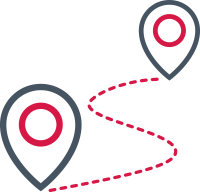 Route calculation and guidance
Route calculation and guidance
- Calculation of the shortest route between the waste containers to be emptied
- App for portable devices (e.g. smartphones)
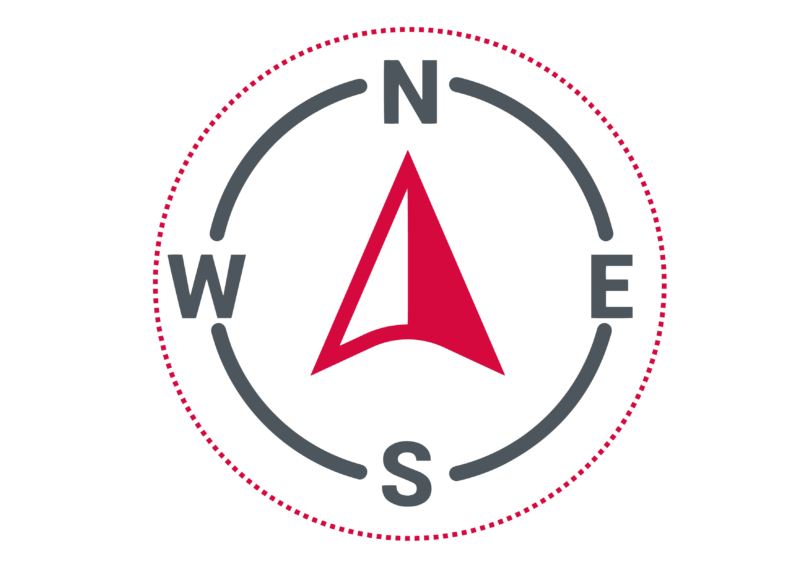 Mapping
Mapping
- Identifying and specifying existing streets, paths, buildings, etc. to create a mapping system
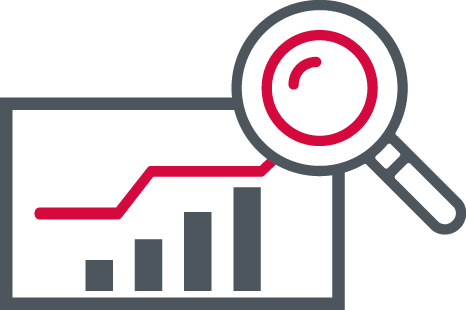 Predictive analytics
Predictive analytics
- Predictive irrigation planning based on situational data (e.g. precipitation, soil moisture & water requirements of various plants and systems)
- Water availability (periods, demand & extraction locations)
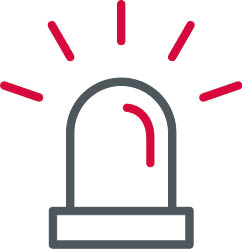 Manual interactions
Manual interactions
- Citizens report blocked drains or flows as well as dry plants using a defect detector
your SMART INFRASTRUCTURE contacts
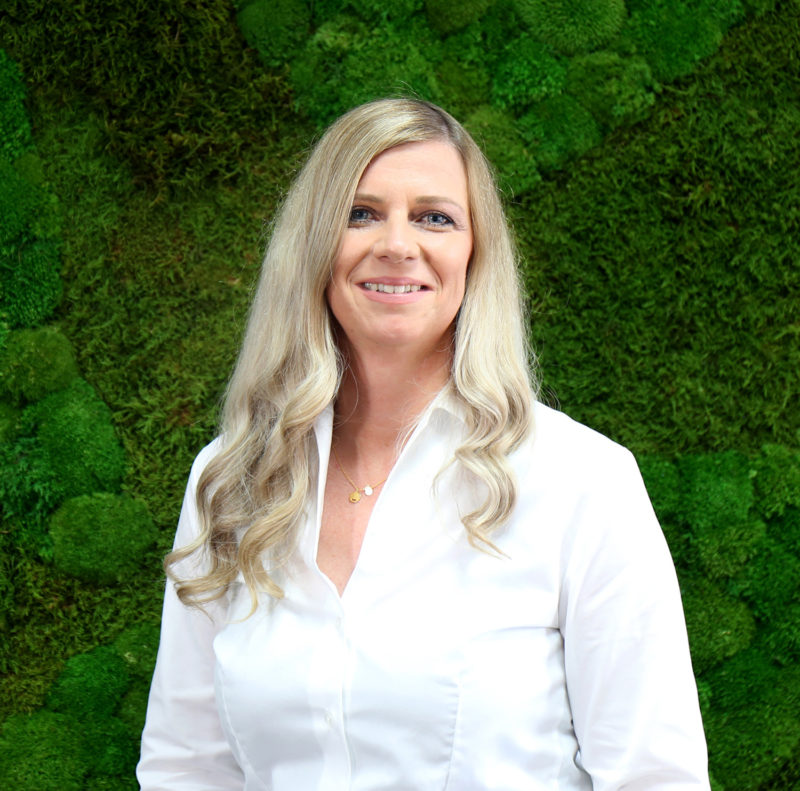
Karina Schäfer
Business Development & Sales
EDAG Group
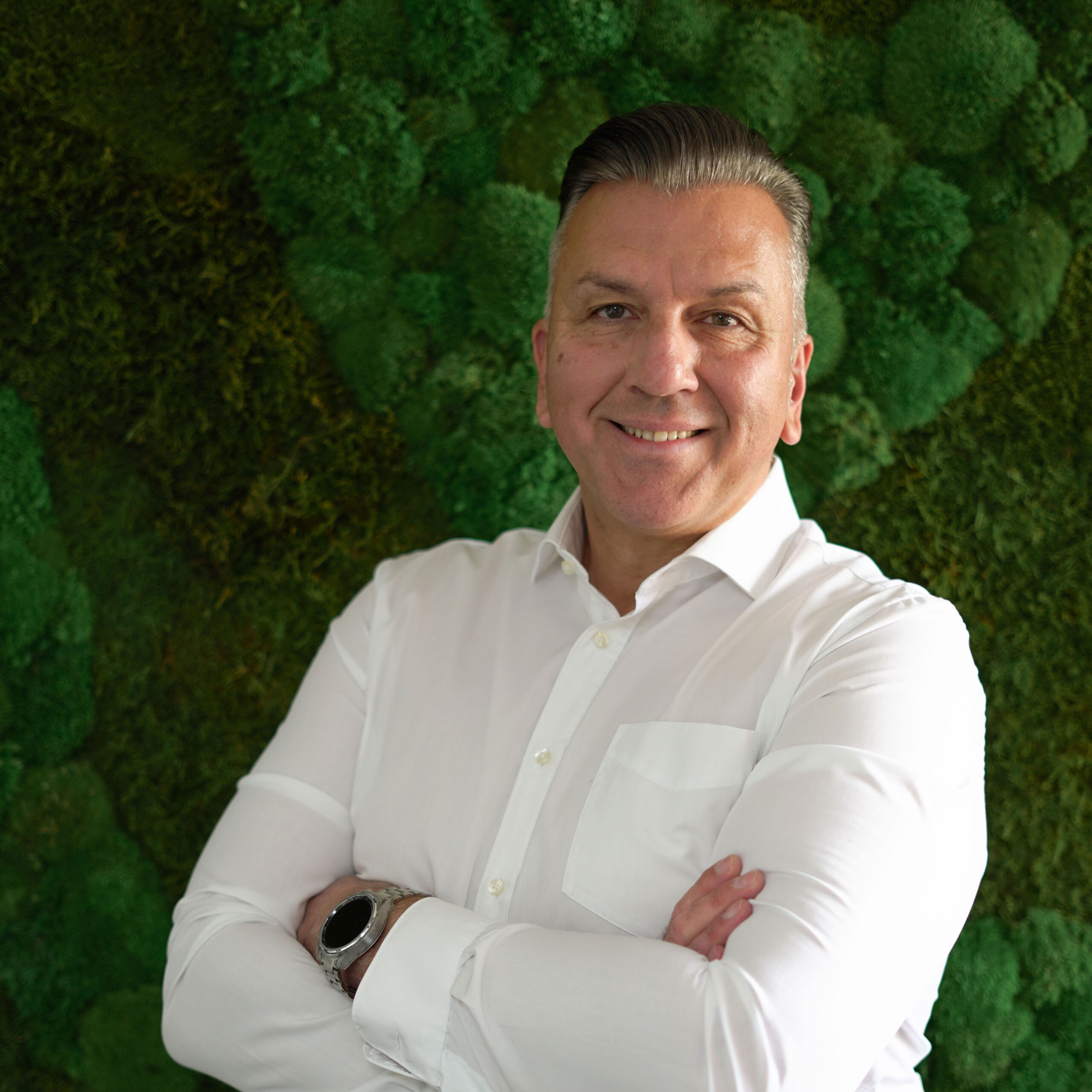
Jovica Smiljkovic
Team Leader IT Services
EDAG Group
